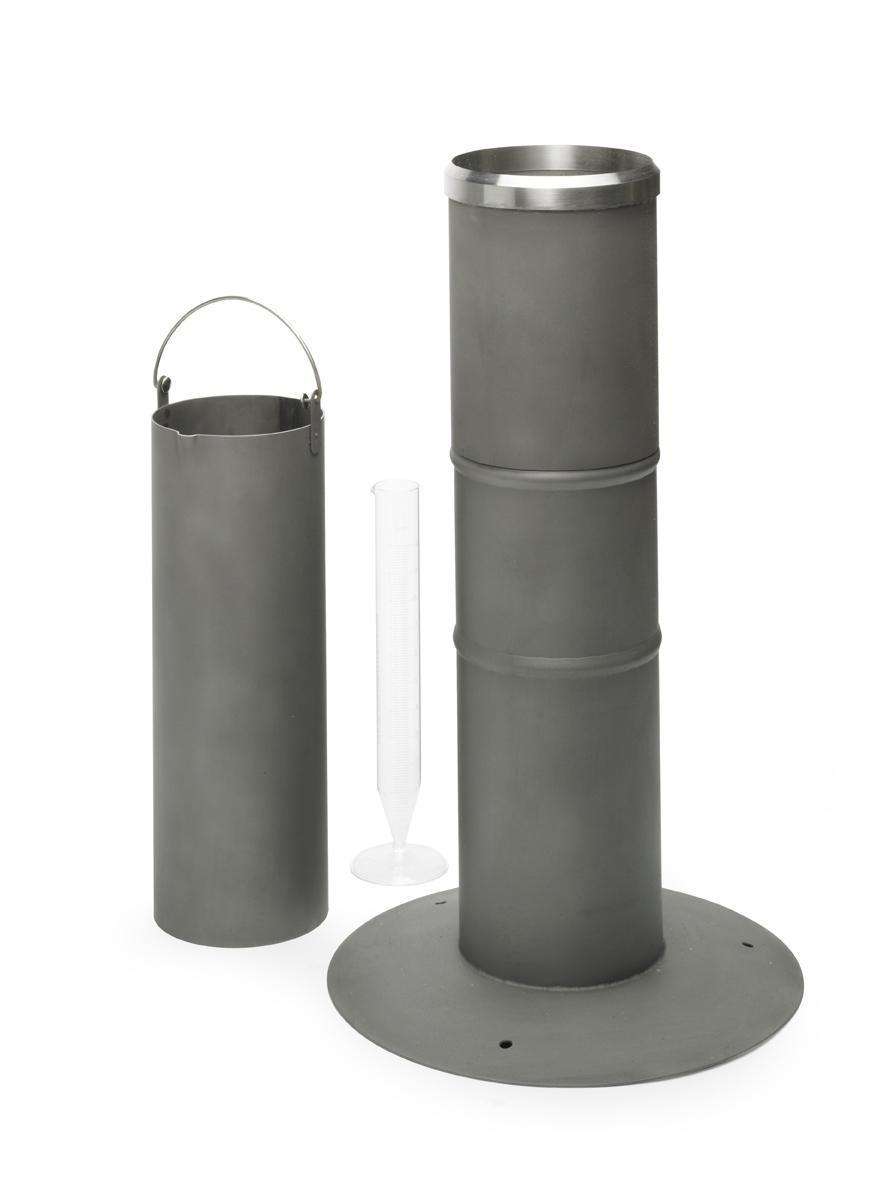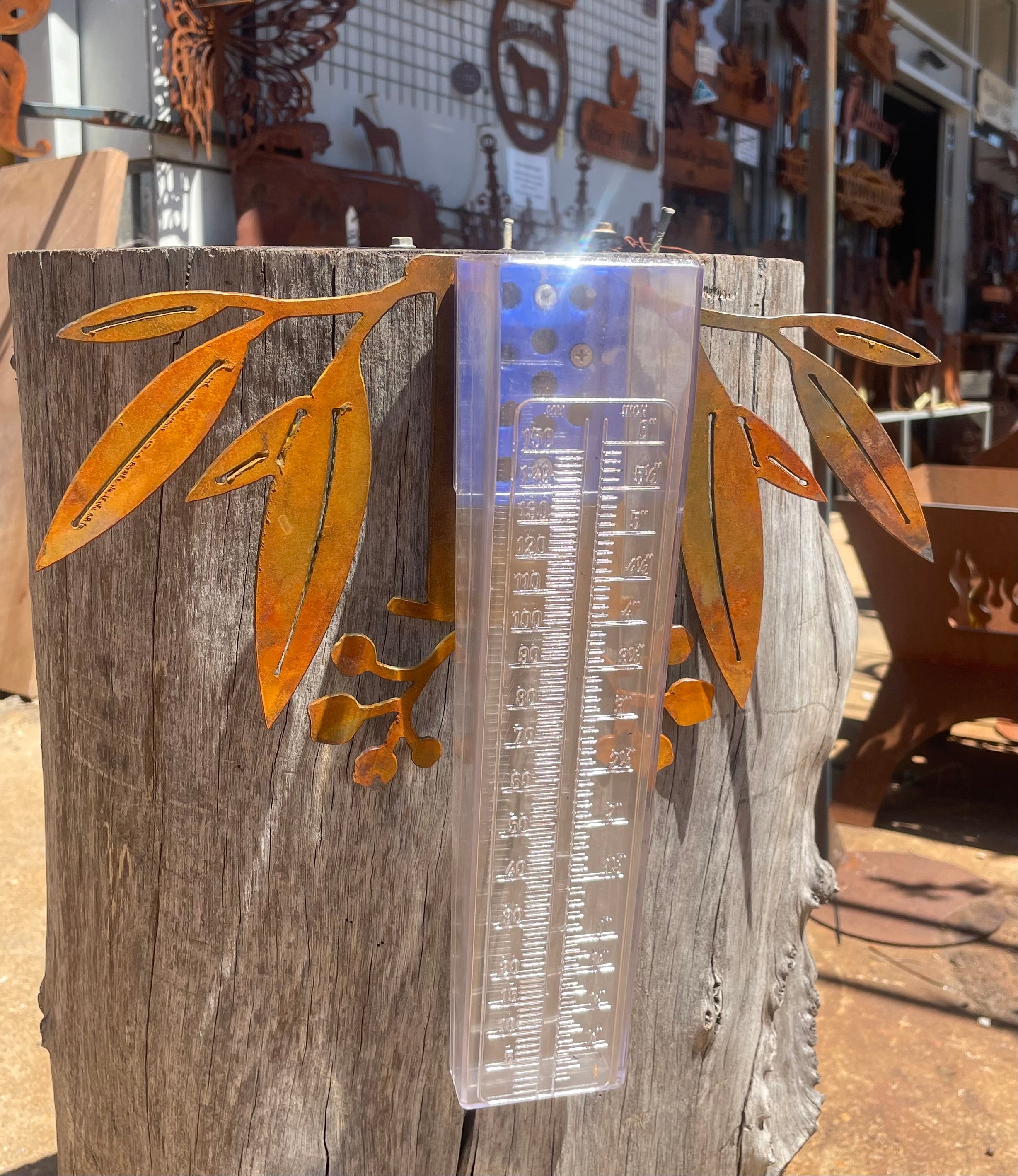How to Select the Right Rain Gauge for Reliable Precipitation Tracking
How to Select the Right Rain Gauge for Reliable Precipitation Tracking
Blog Article
Unveiling the Scientific Research Behind Rain Assesses: Exactly How These Devices Play a Vital Function in Environment Research and Environmental Monitoring
Rain evaluates, apparently basic tools, hold an extensive relevance in the realm of climate research study and environmental monitoring. As we peel back the layers of this scientific veil surrounding rainfall gauges, we discover a world where accuracy, data accuracy, and precise monitoring merge to unveil a deeper understanding of our changing climate and its impact on the world.
Relevance of Rainfall Gauges
Rain determines play an important role in surveillance and gauging precipitation degrees, offering necessary data for climate research and analysis. These tools are basic in measuring the quantity of rainfall that takes place in a certain location over a specific period. By measuring and gathering rainwater, rainfall evaluates offer useful insights into the circulation and strength of precipitation, aiding meteorologists, hydrologists, and climatologists in comprehending weather patterns and fads.
One of the essential reasons that rain gauges are crucial is their ability to offer precise and local information. Unlike satellite or radar-based dimensions, which provide more comprehensive monitorings, rain evaluates offer exact details details to the place where they are put. This local information is essential for different applications, consisting of flood projecting, dry spell monitoring, and water source monitoring. Additionally, lasting data gathered from rain evaluates helps in examining climate adjustment impacts and patterns, contributing significantly to clinical study and decision-making processes. Basically, rainfall evaluates work as vital tools in the field of meteorology and ecological scientific research, playing a critical function ahead of time our understanding of weather and climate dynamics.
Sorts Of Rain Scales

Functionality and Operation
In the realm of environment study and meteorological research studies, the efficiency of rain evaluates lies in their detailed capability and specific functional mechanisms. Rainfall evaluates are developed to accurately measure the amount of rainfall that drops over a certain area during a collection period.
The capability of rainfall determines is based upon the principle of collecting and moved here gauging rainwater in a standard fashion. This collected information is essential for comprehending local climate patterns, tracking long-lasting environment fads, and evaluating ecological impacts. To ensure exact measurements, rain assesses demand to be strategically positioned in open locations away from blockages such as structures or trees that can interfere with the collection process.
The operational facet of rain assesses entails routine maintenance to avoid debris accumulation, calibration checks to keep measurement precision, and information recording for evaluation (rain gauge). On the whole, the functionality and operation of rain determines are important for collecting reliable rainfall information crucial to climate research study and ecological monitoring
Role in Climate Study
Given the crucial significance of exact precipitation measurements in recognizing weather condition patterns and ecological impacts, the function of rain gauges in environment research study is essential. Rain gauges supply vital data for environment research by evaluating the amount of rainfall that tips over a certain area during an offered duration. This data is critical for keeping track of long-lasting patterns in rainfall patterns, assessing the effect of environment adjustment on rainfall circulation, and boosting climate designs.

Climate researchers utilize data collected from rainfall assesses to analyze variants in precipitation levels, identify regional climate patterns, and examine the performance of water source monitoring approaches. By contrasting historical precipitation information with present measurements, scientists can discover changes in precipitation patterns, such as modifications in the regularity or intensity of rains events. This details is crucial for understanding just how environment modification is affecting rainfall characteristics and can help policymakers make notified choices relating to adjustment and mitigation approaches.
Applications in Environmental Monitoring

In flood projecting, rain scale information aids to track rains intensity and distribution, allowing authorities to issue timely warnings and take needed procedures to minimize flooding dangers (rain gauge). Dry spell surveillance depends on rain gauge data to examine moisture levels in the dirt and track rainfall deficits, helping in the identification of drought-prone locations and the application of drought action techniques
In addition, rainfall gauge data plays a vital duty in water source management by supplying details on water schedule and usage fads. Additionally, in agriculture, rainfall scale information aids farmers in enhancing irrigation routines, plant selection, and total ranch administration practices based on regional precipitation patterns.
Verdict
Finally, rainfall evaluates are important tools for determining precipitation, offering beneficial information for climate research study and ecological surveillance. With numerous types and functionalities, rain gauges play an important duty in comprehending precipitation patterns and their effect on the atmosphere. By precisely determining rainfall, these tools add to the improvement of clinical expertise and assistance in making notified choices pertaining to water source management and calamity readiness.
Rain evaluates play an essential duty in monitoring and gauging precipitation degrees, providing vital data for environment research study and analysis. The conventional rain gauge, recognized as the "tipping pail" scale, is one of the most generally used devices. Ultrasonic rainfall evaluates use audio waves to spot the visibility of rain, giving real-time information on precipitation levels.Climate scientists make use of data accumulated from resource rain evaluates to evaluate variants in precipitation degrees, recognize regional environment fads, and examine the efficiency of water resource administration strategies.In final thought, rain determines are crucial devices for determining precipitation, supplying beneficial data for environment study and ecological monitoring.
Report this page